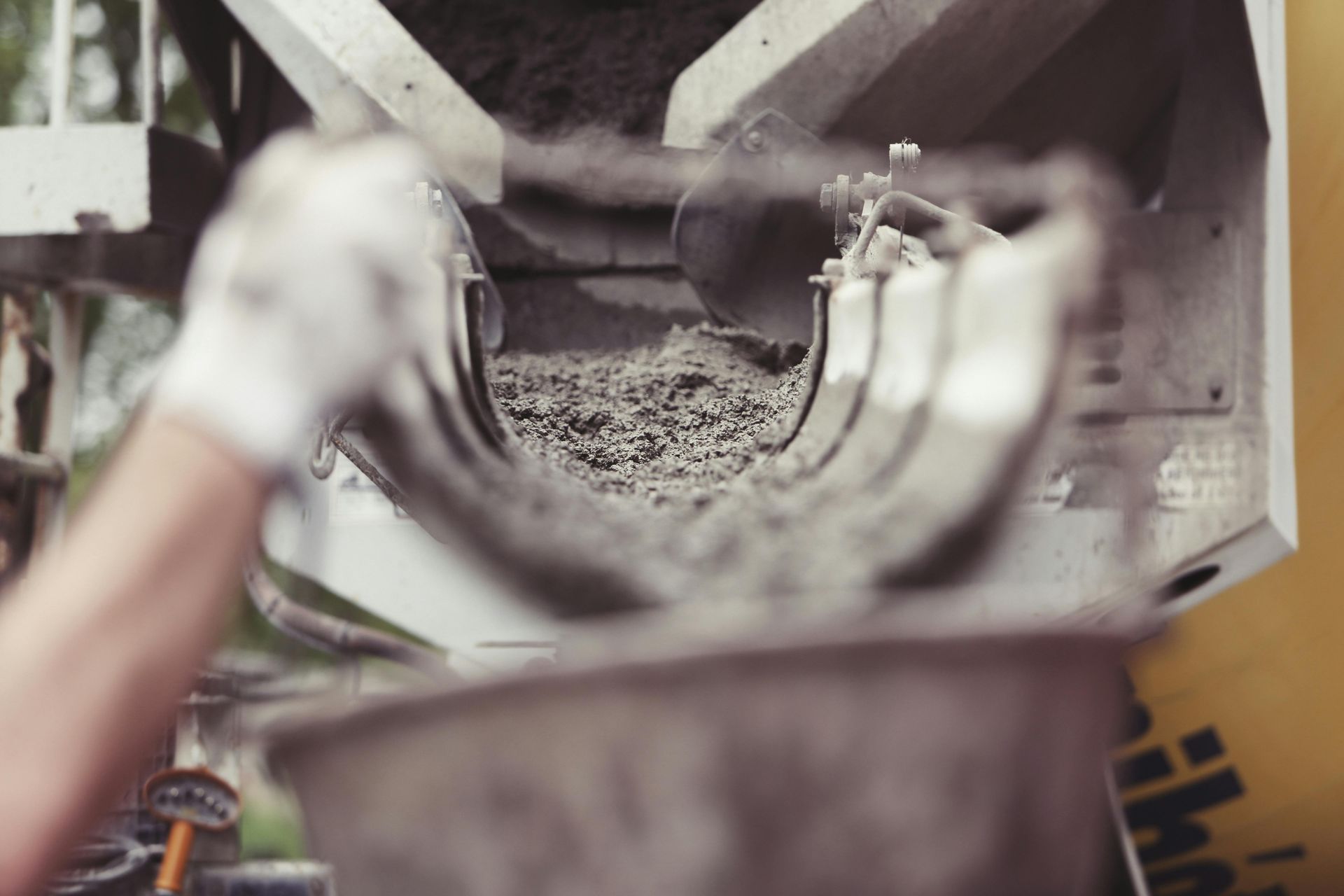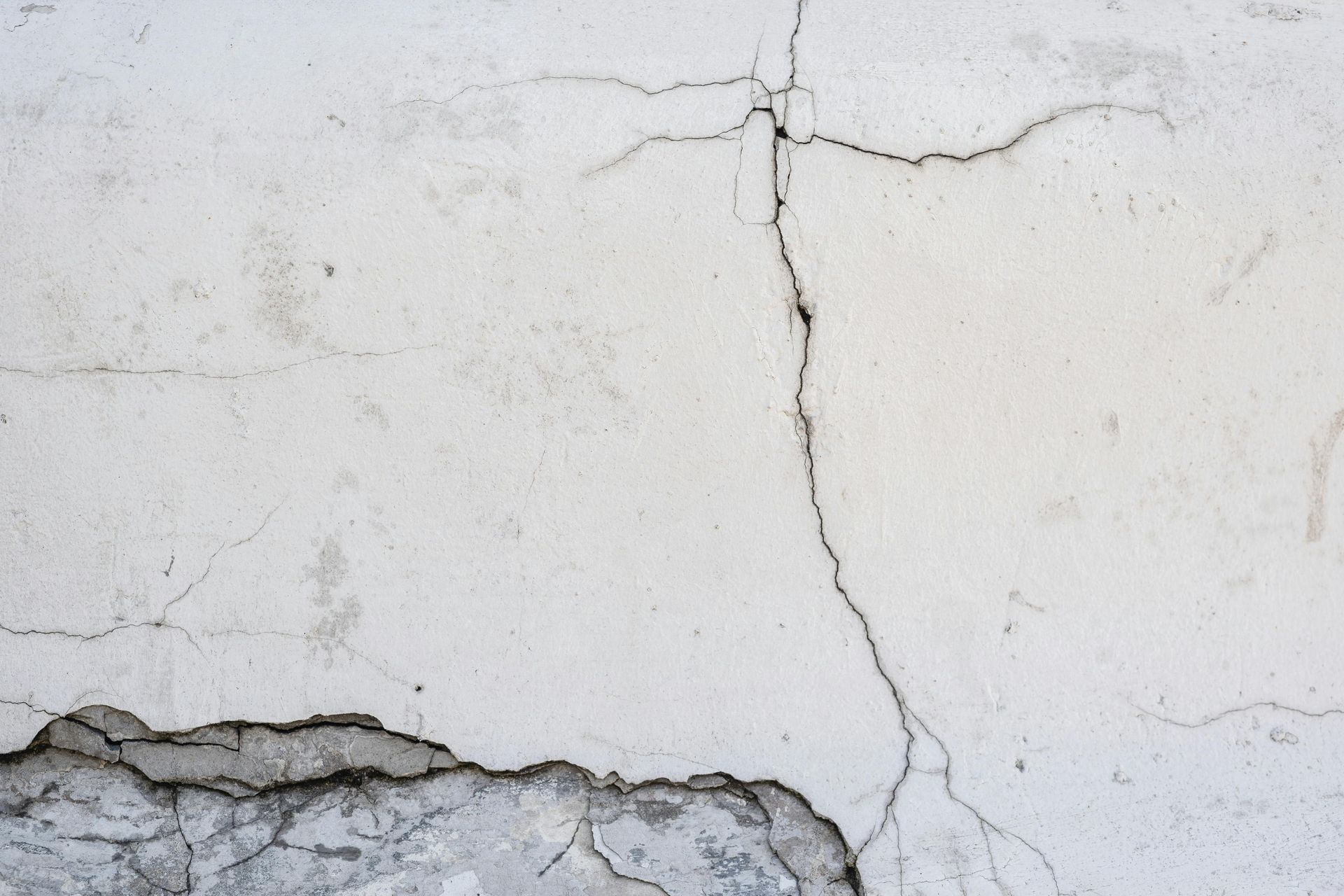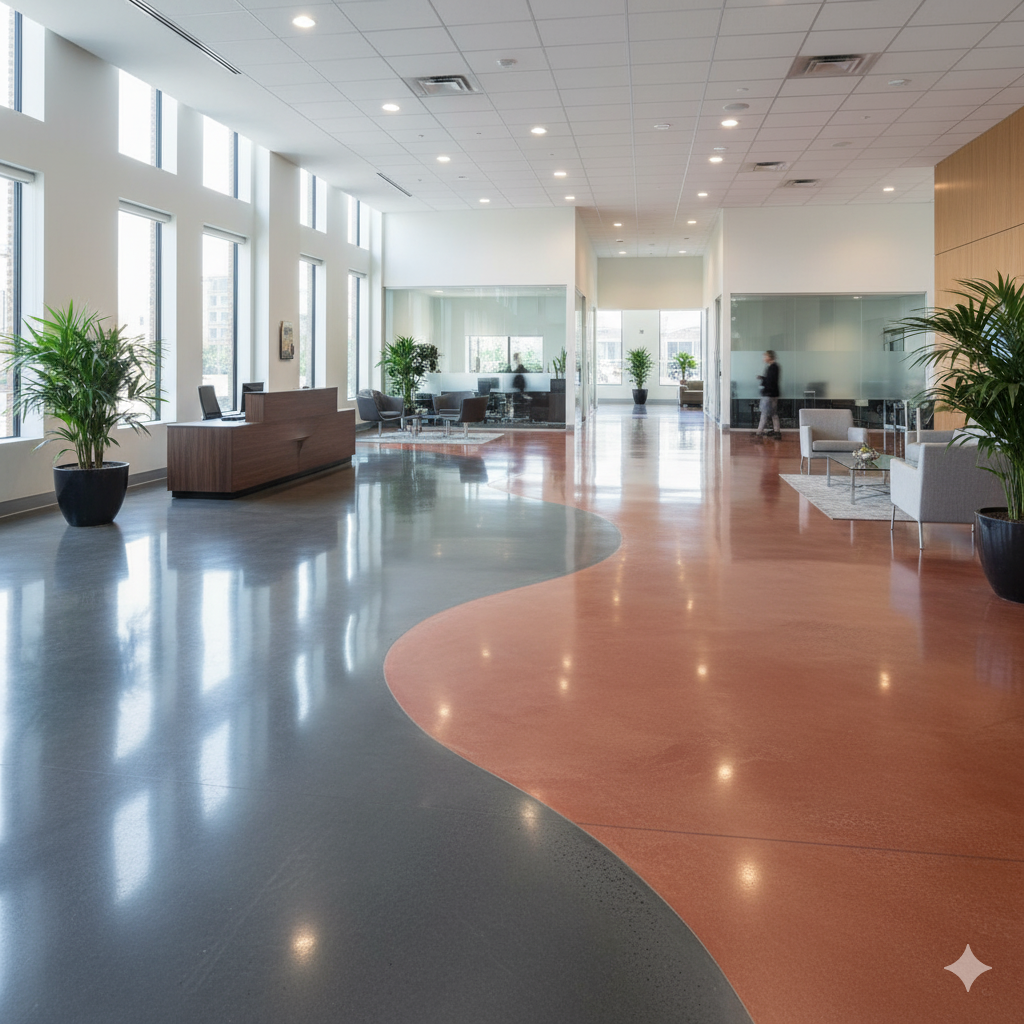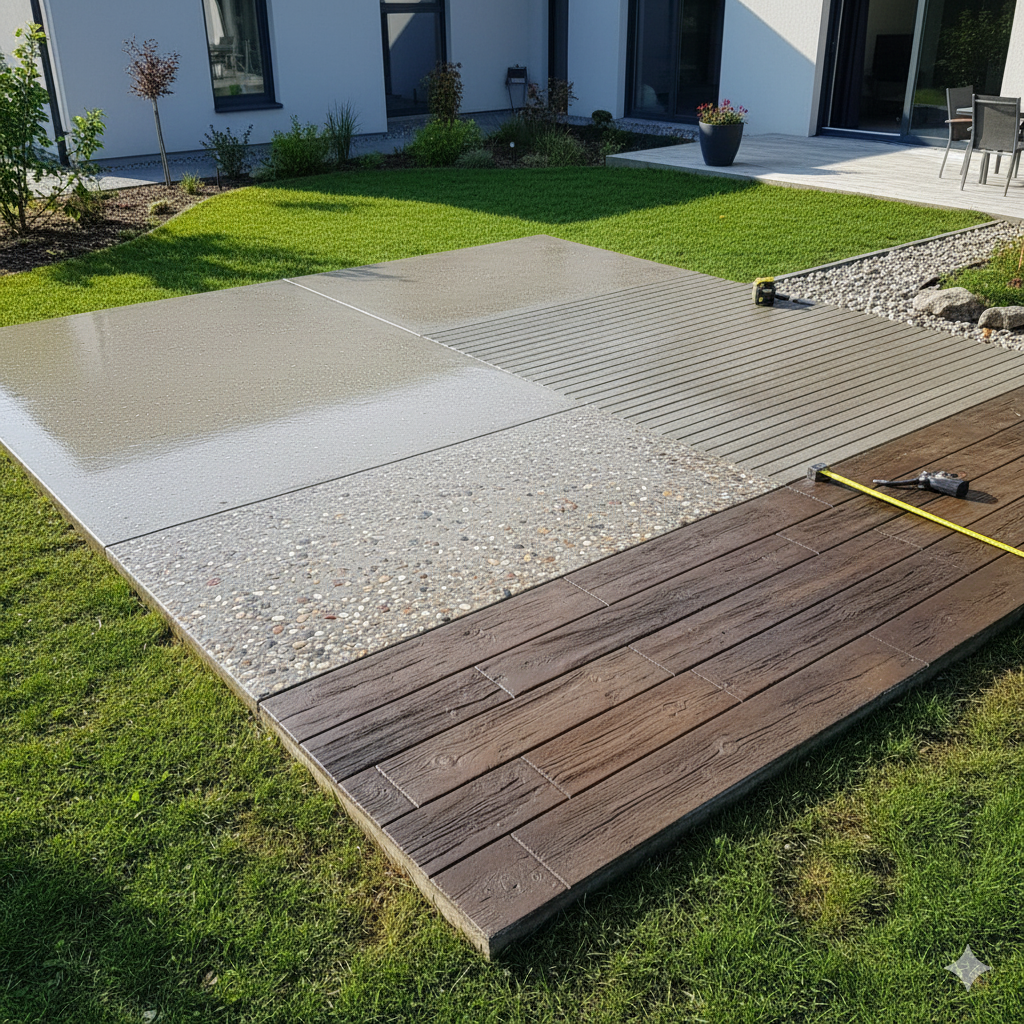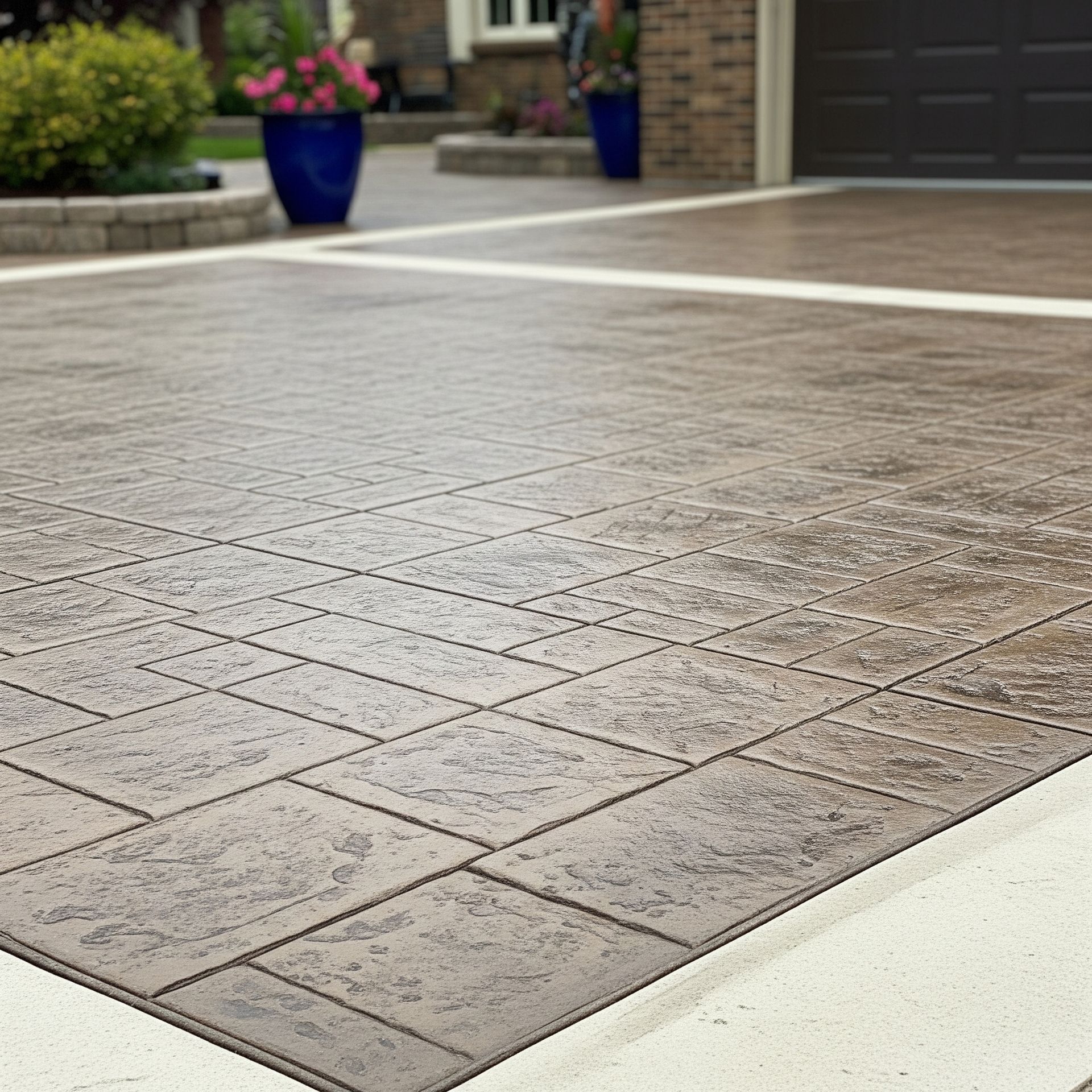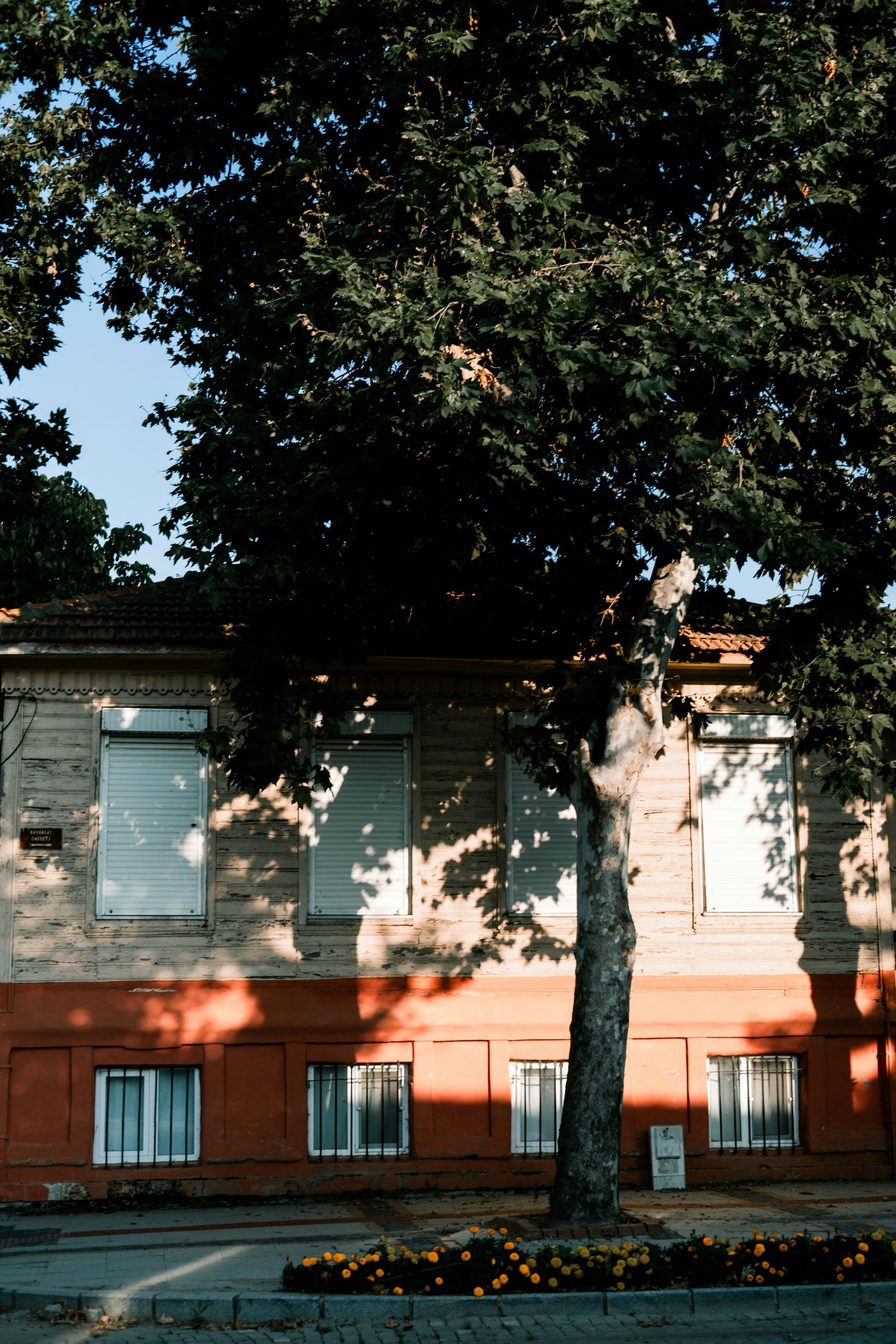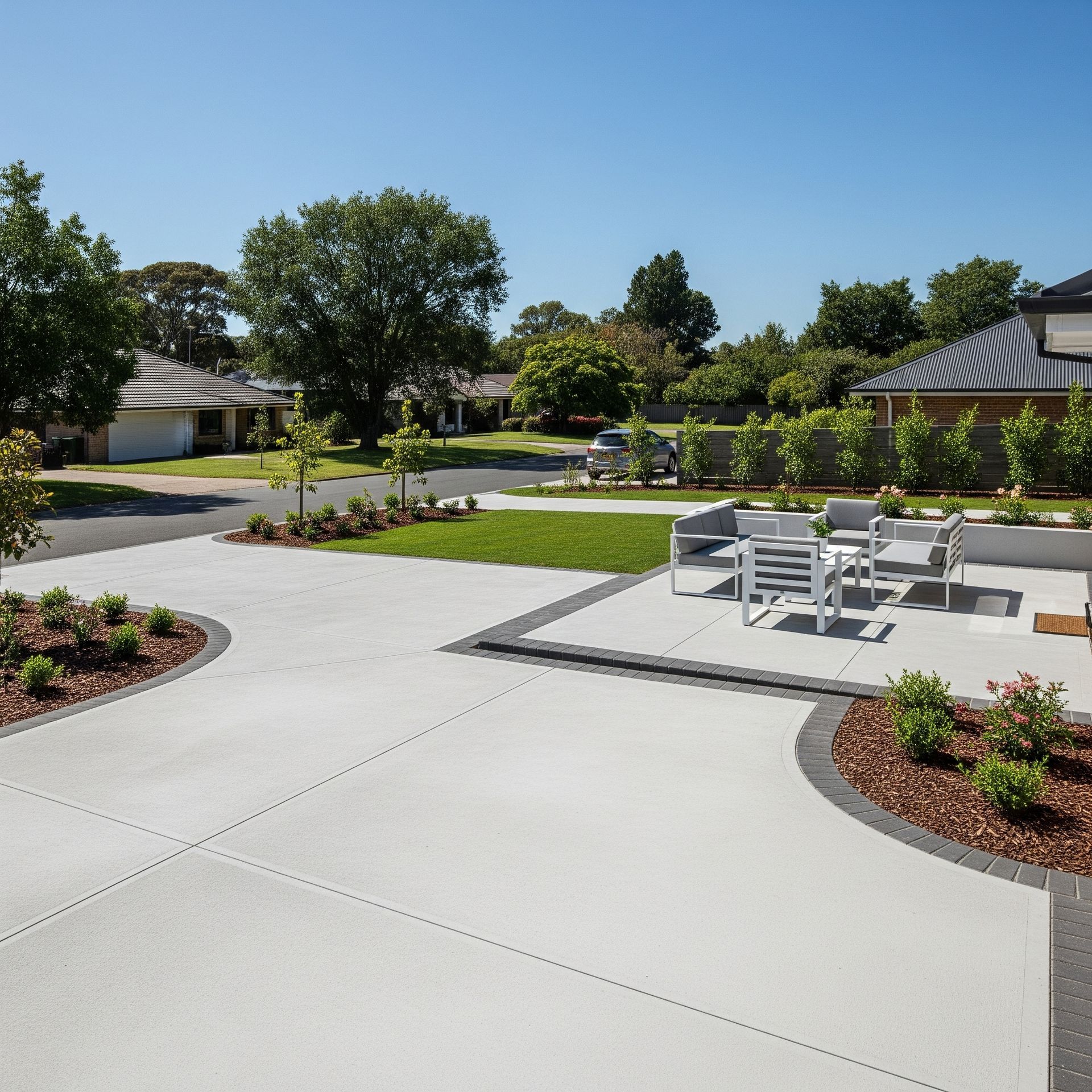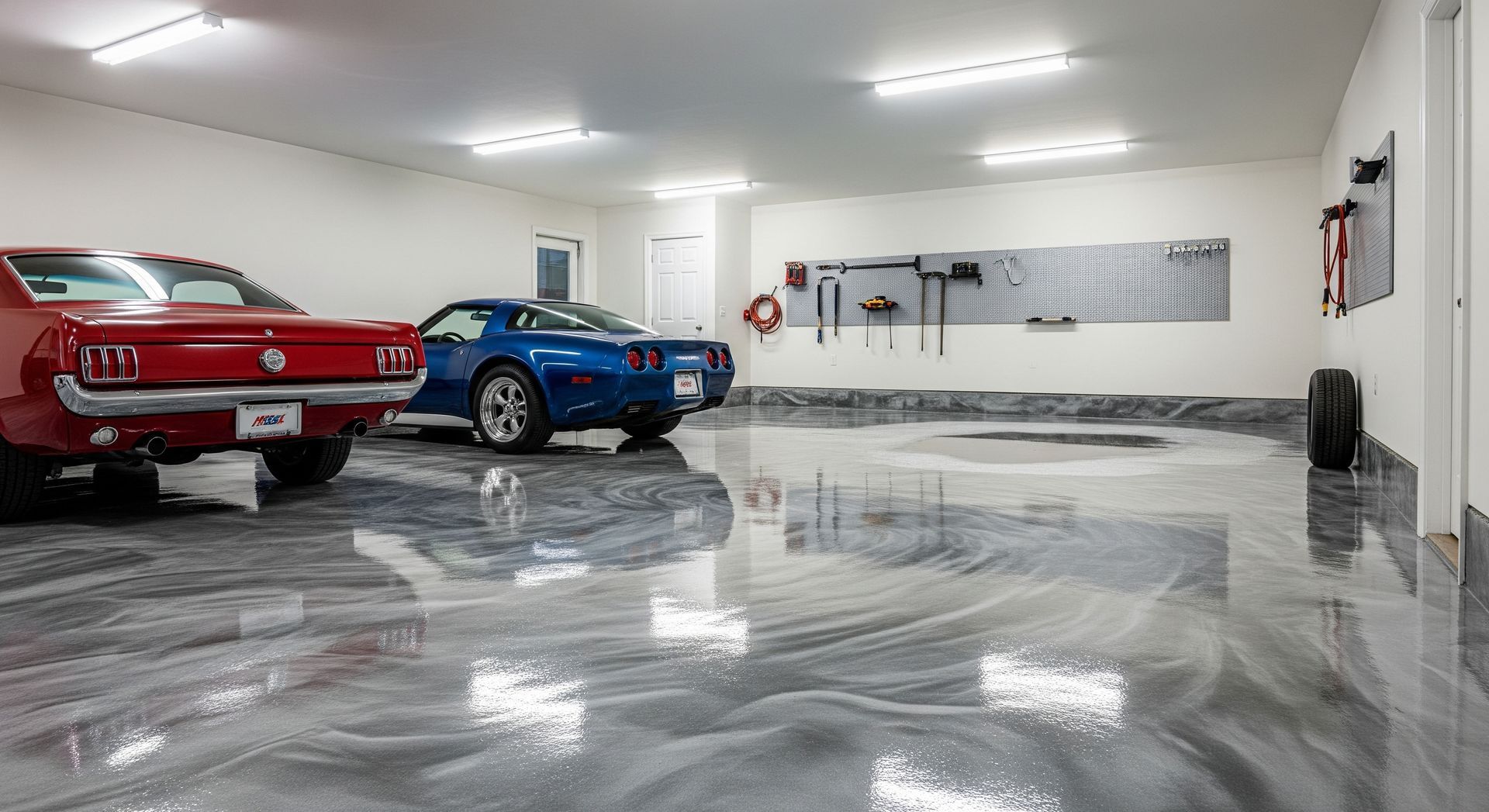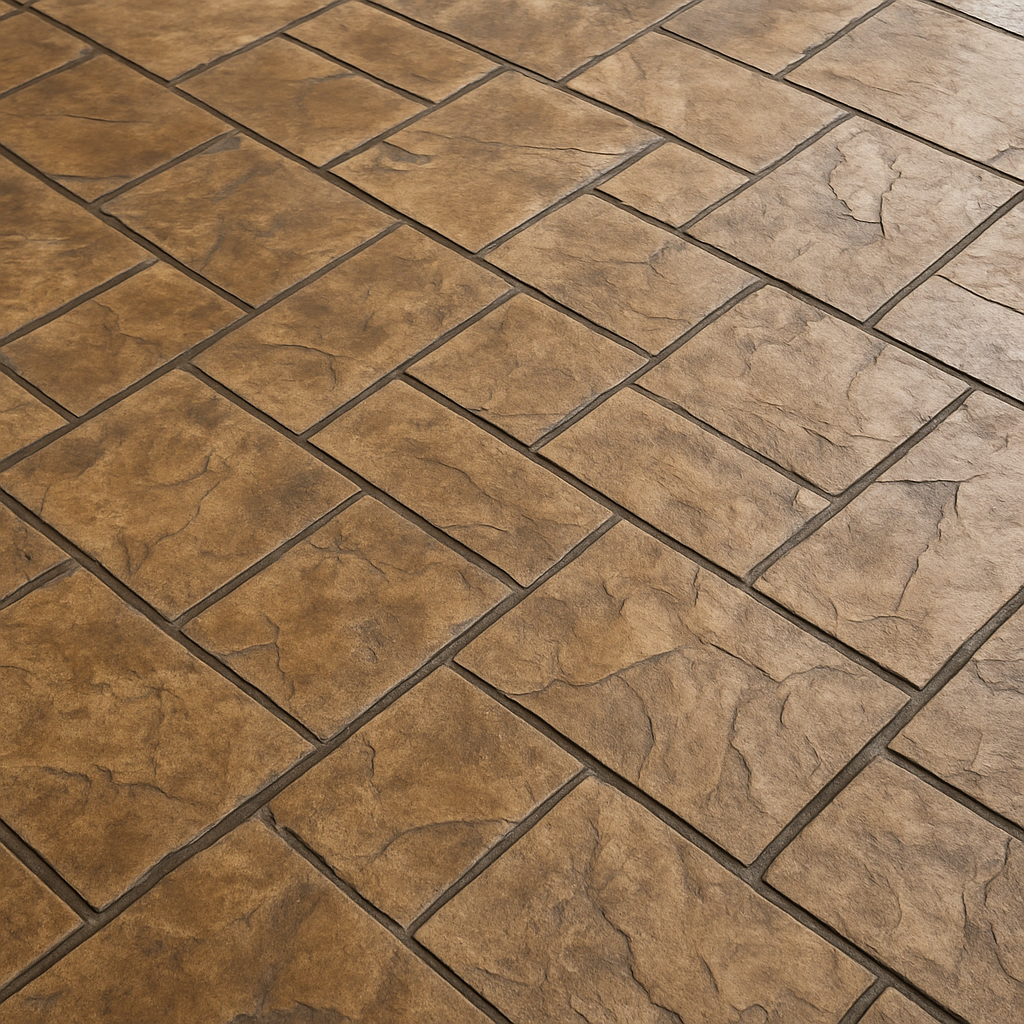Signs It’s Time for Concrete Replacement: Don’t Ignore These Warning Signs
Concrete is one of the most durable materials used in construction, but over time, it deteriorates due to weather conditions, heavy loads, and poor installation. Knowing when to replace concrete instead of patching it can save you money and prevent safety hazards. If you’re noticing cracks, uneven surfaces, or pooling water, it may be time for a full concrete replacement.
In this article, we’ll cover the top signs of deteriorating concrete and help you decide when to replace vs. repair cracked concrete.
1. Large, Deep Cracks Are Spreading
Cracks in concrete are common, but not all cracks are equal. Small, hairline cracks are typically cosmetic and can be sealed. However, large cracks that are deep and expanding indicate structural failure.
How to Tell If Concrete Needs Replacement
• Cracks wider than ¼ inch are a major red flag.
• Deep cracks that extend through the entire slab weaken the structure.
• Spiderweb-like cracking (also called crazing) often signals deeper issues.
If your concrete surface has multiple cracks that keep spreading, patching won’t be enough. Replacement is the best long-term solution.
2. Uneven or Sunken Concrete Slabs
Have you noticed sections of your driveway, sidewalk, or patio sinking? Uneven concrete surfaces not only look bad but can become major tripping hazards.
What Causes Concrete to Sink?
• Soil erosion: Heavy rain or plumbing leaks wash away the soil beneath the concrete.
• Poor compaction: If the ground wasn’t properly compacted before pouring the concrete, settling will occur.
• Tree roots: Expanding roots push up concrete, creating an uneven surface.
Best Time to Replace Old Concrete Surfaces
If one area of your concrete is slightly uneven, leveling techniques like mudjacking or foam lifting can help. However, if large sections have shifted, full replacement is usually necessary.
3. Pooling Water on the Surface
Water pooling on your driveway or patio after rain? That’s a sign that your concrete isn’t draining properly.
Common Warning Signs of Failing Concrete Foundations Due to Water Damage
• Water seeps into cracks, causing freeze-thaw damage in colder months.
• Mildew and moss growth on the surface.
• Erosion of the base layer, weakening the slab.
If your concrete doesn’t allow proper drainage, replacing it with a properly sloped and sealed surface can prevent future damage.
4. Spalling and Surface Erosion
Spalling happens when the surface of concrete flakes, chips, or peels away. It’s often caused by freeze-thaw cycles, de-icing salts, or poor finishing techniques.
When to Replace vs. Repair Cracked Concrete with Surface Damage
• Small areas of spalling? A resurfacing solution may work.
• Deep, widespread surface damage? Full replacement is the better option.
• Exposed reinforcement bars (rebar) mean structural integrity is compromised.
Once the surface layer erodes, the concrete loses its strength and will deteriorate quickly.
5. Extensive Patching and Repairs Aren’t Working
If you’ve already made multiple repairs to the same concrete area and new problems keep appearing, replacement is the smarter investment.
Signs It’s Time to Stop Repairing and Start Replacing
• Patches aren’t adhering properly.
• Cracks keep returning no matter how many times you seal them.
• Repair costs are adding up to the price of a full replacement.
Instead of spending money on constant fixes, a fresh pour of concrete will last longer and look better.
6. Failing Concrete Driveway or Walkway
Driveways and walkways take a beating from vehicles, foot traffic, and the weather. If yours is showing signs of major deterioration, consider replacing it.
Key Signs to Look For:
✅ Multiple large cracks and potholes
✅ Uneven, tilted slabs
✅ Deep stains and surface erosion
✅ Water pooling or draining incorrectly
New concrete driveways and sidewalks not only enhance curb appeal but also increase property value and safety.
7. Severe Discoloration and Stains
Concrete naturally changes color over time, but extreme discoloration can indicate deeper problems.
Common Causes of Concrete Staining:
• Oil and chemical spills
• Water damage or mold growth
• Rust from underlying rebar
• Efflorescence (white mineral buildup)
If pressure washing and stain removers don’t restore the concrete, replacement may be necessary.
8. Old Age – Concrete Lifespan Has Expired
Even the best-maintained concrete has a lifespan of 20-30 years. If yours is approaching or exceeding that age, it’s time to consider replacement.
Factors That Shorten Concrete Lifespan:
• Harsh weather conditions (freeze-thaw cycles, excessive heat)
• Heavy traffic loads (driveways and parking lots)
• Poor installation (low-quality mix or improper curing)
Old concrete is more prone to cracks, stains, and structural failure, making replacement the best option.
Should You Repair or Replace Your Concrete?
Condition: Repair or Replace?
- Hairline cracks - Repair
- Cracks wider than ¼ inch - Replace
- Slightly uneven slabs - Repair
- Major sinking or tilting - Replace
- Minor stains - Repair
- Extensive staining or erosion - Replace
- Small areas of spalling - Repair
- Large, deep spalling areas - Replace
- Concrete over 30 years old - Replace
Final Thoughts: Don’t Ignore the Warning Signs
If your concrete is showing multiple signs of damage, acting early can save you thousands in repair and replacement costs. Ignoring the warning signs only leads to worsening conditions and potential safety hazards.
Need professional advice? Contact a
concrete replacement specialist in your area to assess the damage and recommend the best solution for your property.
